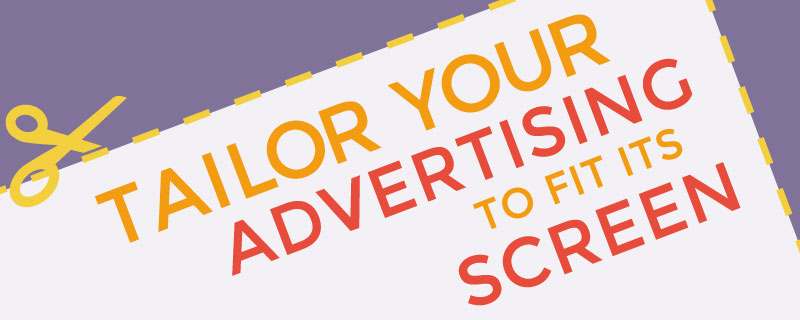BLOG
Mobile Vs Desktop Advertising
If you’re like most consumers, there’s a good chance that you spend a good portion of your time online using your desktop computer for researching products and services. However, you’re no doubt using your mobile device for the same purposes more frequently. The majority of individuals now use different mobile devices to browse online and perform different tasks. This means advertisers often get confused as to whether they should go for mobile or desktop advertising, and which strategies should be adopted to get the desired success.
Therefore, it’s essential to understand the difference between mobile and desktop marketing so that you can make the most of the benefits that each format has to offer. The truth is that you do need both, albeit for different reasons. Here are some ways you can successfully create and implement distinct strategies, while still maintaining brand consistency.
1. You Do Need Both Mobile And Desktop Advertising
While the difference between mobile and desktop advertising requires the right approach, the fact is that you do need to incorporate both strategies. The primary focus for each, however, is maintaining clarity and consistency in delivering your brand message across the two formats.
Once you understand the importance and impact of mobile advertising, you can clearly see why it should be an essential component of your marketing approach. At the same time, desktop advertising isn’t going away. It just requires a more fine tuned strategy in order to be successful.
The difference between mobile and desktop advertising is one you should be embracing and using to your advantage, not turning away from. You may need assistance from the experts in developing a workable methodology that implements the best of both worlds, but you’ve got a good start just by understanding what distinguishes the two.
2. Enable Direct Phone Calls With Mobile Marketing
Users can skip a step when consuming your content on a portable device. You can enable a feature that will initiate a phone call directly to your company’s customer service department, as opposed to leading them to a page which then allows them to make the call. One less step might seem insignificant, but it’s a big deal to prospects that are constantly bombarded with marketing messages.
3. Take Advantage Of Increased Engagement From Mobile Users
Mobile use drives better results than desktop use, as a video is more readily viewable and text content is presented in a full-screen format with no other distractions. Consumers tend to have a more personal connection with their mobile devices and are more likely to give you their rapt attention. You can capture the benefits of increased engagement with a properly targeted mobile strategy.

4. Screen Size Has An Effect on How And If Ads Are Viewed
While targeting desktop users, always keep in mind that the screen size affects the content, as the difference between mobile and desktop advertising is a factor. Certain material is better viewed on a larger screen, no matter how well you try to optimise it for mobile devices. Marketers in specific industries may also find that Internet users turn to their desktops more often than smartphones or tablets, especially when booking travel, filling out forms and navigating frames.

5. You Can Control Costs With Mobile Advertising
Many marketers don’t dig deep into their settings when developing marketing materials for mobile devices, which can be a costly habit. Instead, you should be choosing mobile preferred ads at all applicable times to gain control over the distribution of your ads. Adjust certain keywords within AdWords, within the Settings and Devices tabs, to adjust the percentage of what you’ll pay via your desktop campaign.
6. A Good Understanding Of User Intent Towards Advertisements
It is estimated that Google processes 4 billion requests every day. Remember -4 billion search entries- a big figure. In order to run a profitable online business, you first need to understand the user’s situation and offer a solution. Keep in mind that 93% of all visitors don’t search for products/services with keywords, they follow their own logic.
The intent of the user is the actual goal behind the search query. When a person comes to Google, everything he/she thinks about is a necessity. There are 3 types of user intent-
| Types of User intent | Brief Explanation |
| Navigational | The user is looking for specific information. |
| Informational | The user examines the question and collects the information for his/her personal needs. |
| Transactional | The user is ready to make transactions. |
So, when you launch mobile advertising/desktop Marketing, do not limit yourself to keywords and remember the purchase cycle of customers.
Summary
The lead generation opportunities coming from both mobile and desktop platforms are crucial. Keep these factors in mind while placing mobile ads, social ads or desktop advertisements.











